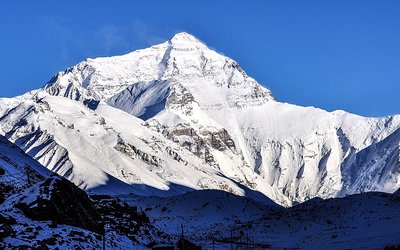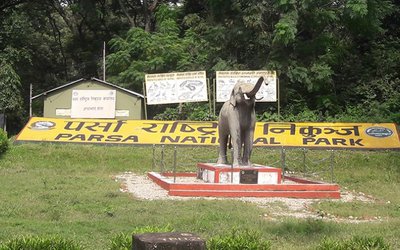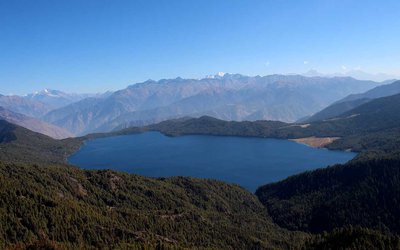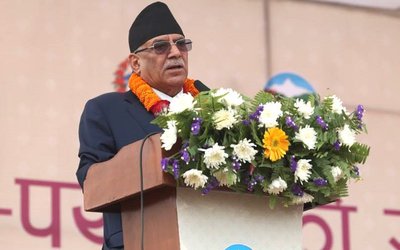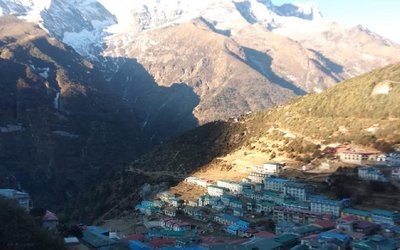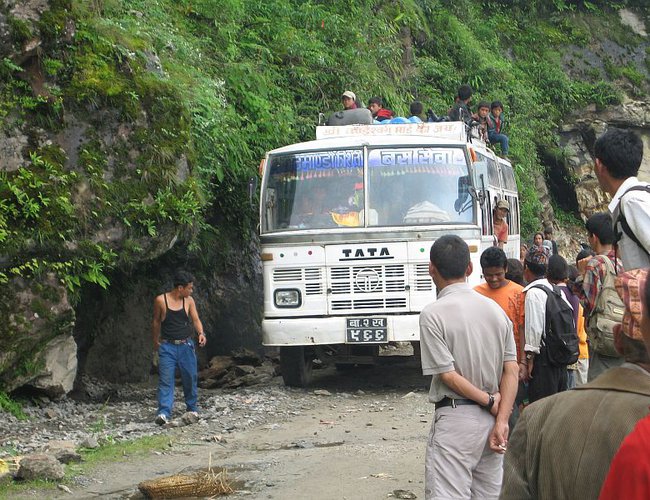
Do you know what element has the largest environmental impact in a holiday package? Transportation, that is, today´s topic is designed to give you an idea about the sustainable obligation on choosing the mode of transport with low impact on the environment by considering price, comfort, and time as well.
Till date, most motorised transportation is still-based on fossil fuel. Electric transportation or solar vehicles are quite rare.
Trains are often run on electricity. Airplanes, coaches, and cars, which need to burn fossil fuels, contribute to climate change by their emission of carbon dioxide. Carbon dioxide is one of the greenhouse gases that cause a greenhouse effect in the earth´s atmosphere and lead to global warming and other environmental concerns.
When we have a look at the world map, published in Wikipedia, showing countries by carbon dioxide emissions in thousands of tonnes per annum (released in 2015), Nepal is compared to the rest of the world as one of the countries with low carbon dioxide emissions (1,000 to 5,000). When we arrive, or stay in Kathmandu, we have the impression that emissions are much higher. Air pollution, melting of glaciers and sea level rise of glacier lakes are present topics in Nepal.
How is it possible to reduce the environmental impact of transport? How can sustainable entrepreneurs contribute towards eco-friendly transportation?
Selecting sustainable means of transportation is not easy in Nepal. Travel agencies, that are committed to sustainable tourism must additionally deal with lots of facts regarding poor infrastructure, e.g. bad road conditions, low capacity of international and domestic airport and non-existing railway. Shoddily maintained coaches or cars and blacklisted domestic airlines are other challenges faced by the local tour operators.
Public transport or coaches are shared passenger transport. This mass transportation should be given preference over private or single transportation. The use of certified bus transport, e.g. Greenline Bus or Mountain Overland Bus, ensures quality and safety as they follow stricter and stronger guidelines than local busses.
Safe local or tourist bus services are not operated within all places in the country. In this case, it might be better to offer private or single transportation by car, jeep, or private bus.
Thereby the occupancy of the vehicle should be considered. Oversized vehicles for less passengers should be avoided, e.g. a small bus is not appropriate for two customers.
It is advisable to use cars, jeeps, or small buses with green number plates, which signify transport for tourists. These vehicles can easily access places all over Nepal. In some regions vehicles with red number plates, showing private ownership, are banned due to existing transportation syndicates, e.g. in Pokhara, road from Beni to Jomsom and many more.
If it is necessary to rent vehicles from third parties, it should be kept in mind, that the cooperation partners pay a fair salary to their drivers. Construction year of the vehicle and driving style of a driver are further aspects to take into account using sustainable transport.
Due to lack of proper infrastructure, traveling by public, mass or private transportation takes a lot of time. Also, it is not appropriate to use land transportation to reach very remote and rural area. In this case, domestic flights would save time. As time is often quite limited during a holiday trip clients need fast transportation even if it may not be the safest one for the moment. Although Lukla or Jomsom are one of the world´s most extreme airports, most trekkers and travelers are flying into Solukhumbu or Mustang Area. Nevertheless, extra time and additional reserve days should be added to the travel plan as delays and cancellations of domestic flights are often caused by weather conditions that would jeopardise the safety.
The following suggestions can be useful in reducing the environmental impact of transport: When it is required to take domestic flights or a client chooses this kind of transport, the travel company could offer a scheme to compensate the carbon emission to their customers.
The scheme should include a contribution and support of a tree plantation or farming project. These costs of the compensation can either be charged by the tour operator or included in the sales price.
Companies following the sustainable way, could design, and promote one or two special sustainable tour packages including sustainable transportation, sustainable accommodation, etc.
Furthermore, sustainable tour operators could develop a code of conduct for drivers raising awareness among their driving style, maintenance and cleanness of their vehicle, good knowledge about local routes and tourist destinations and assistance with luggage and doors.
And finally, a special experience for travelers in Nepal could be a sightseeing tour through Kathmandu riding a rickshaw or jumping on an electric charged Safa Tempo.
(Sabine Pretsch is a journalist, author and writer. She can be reached at Nepal-Spirit: redaktion@nepal-spirit.de, www.nepal-spirit.de

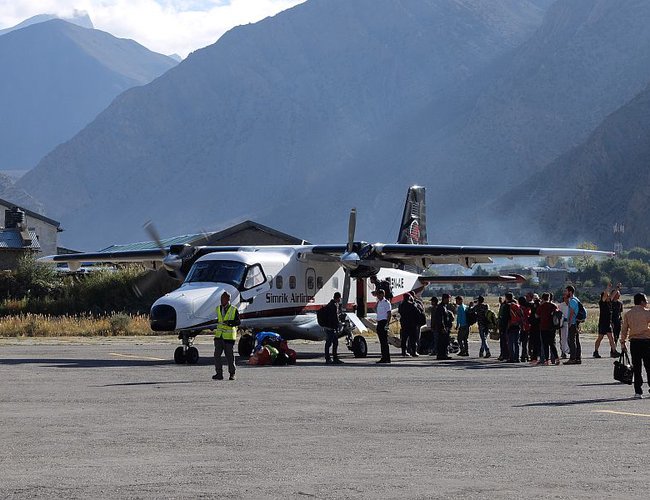
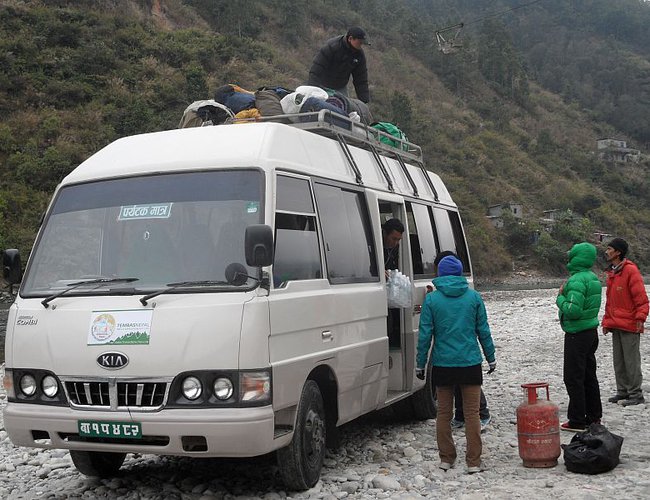
- Langtang Region Revives From Earthquake Destruction
- Jun 29, 2019
- Nepal Research Bhavan Opens In Patan
- Mar 24, 2019
- URMILA CHAUDHARY Award For Cause
- Jul 12, 2017
- SUSTAINABLE TOURISM DISCOURSE SERIES Trekking With Guide And Porter
- Apr 23, 2017
- BIGU GUMBA NUNNERY An impressive example of reconstruction in Nepal
- Mar 10, 2017


